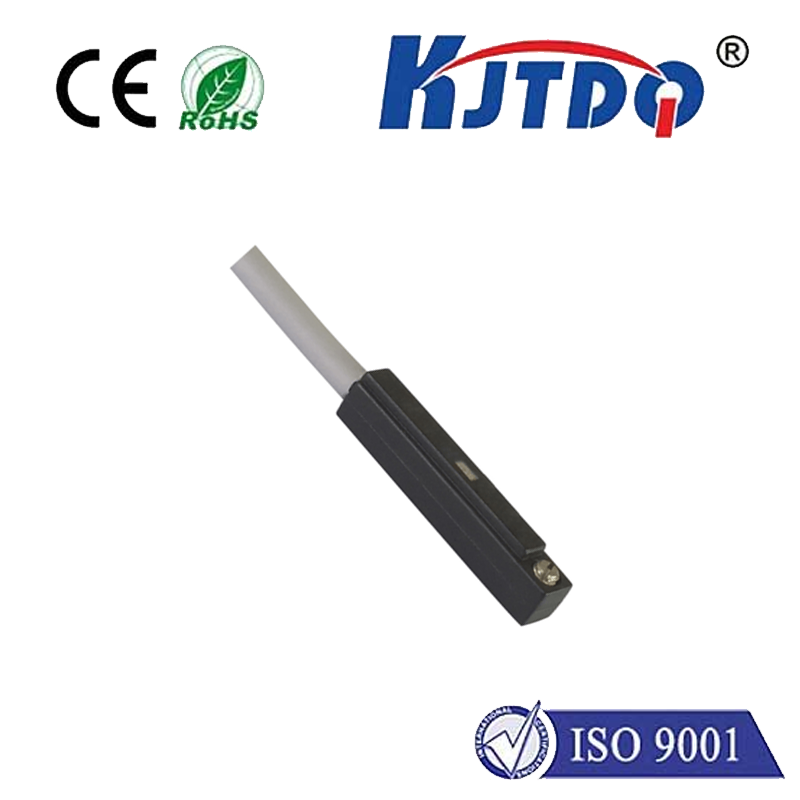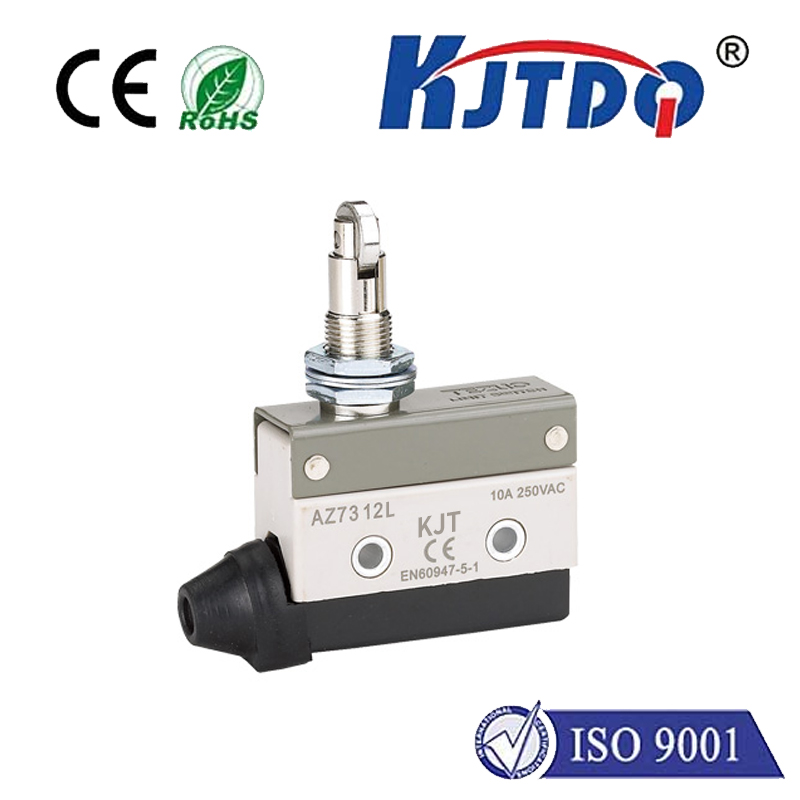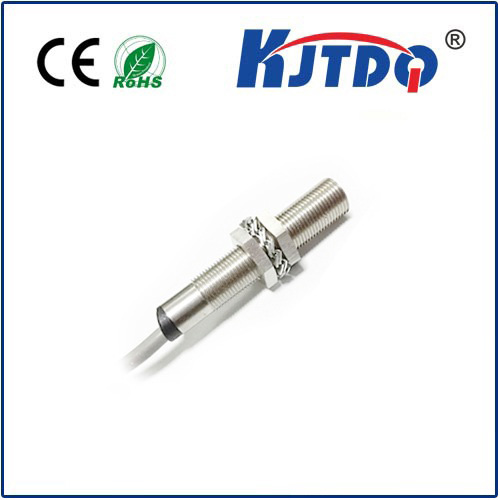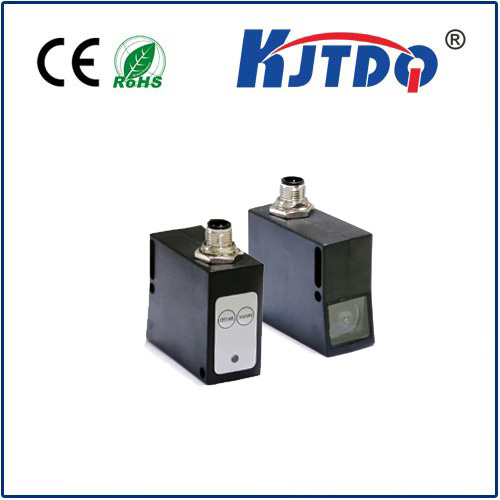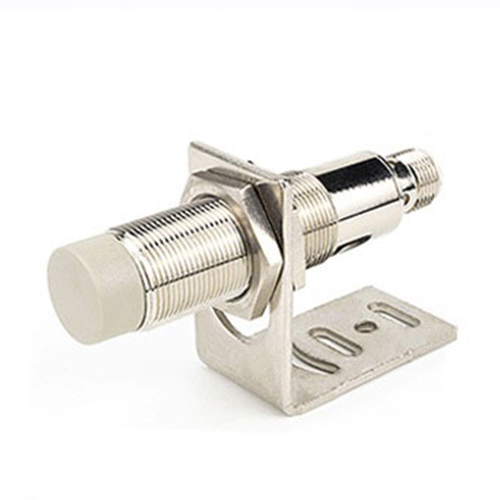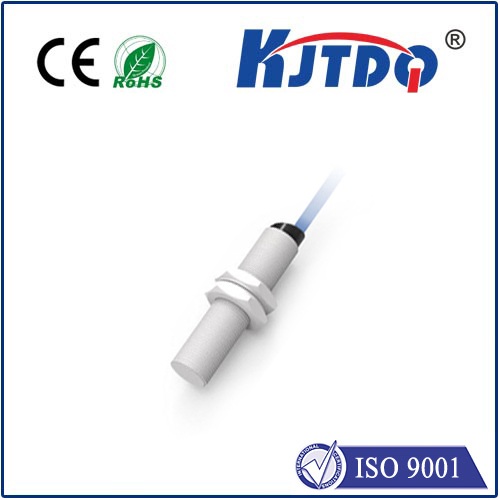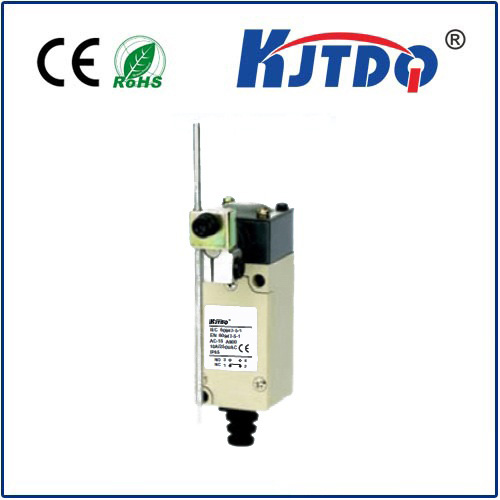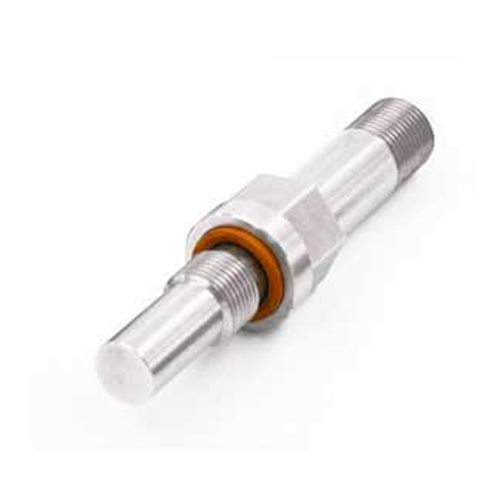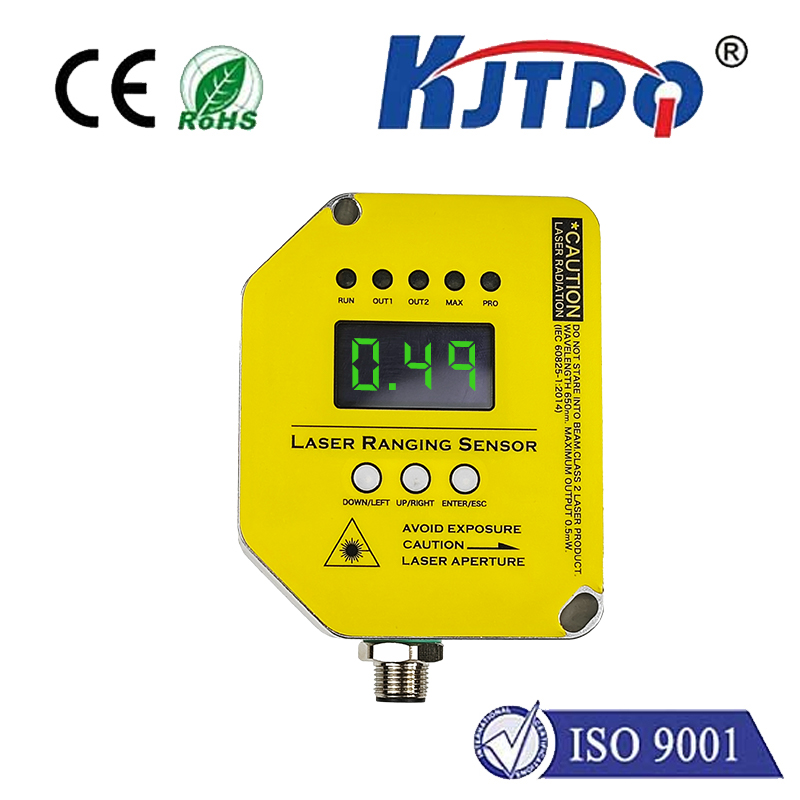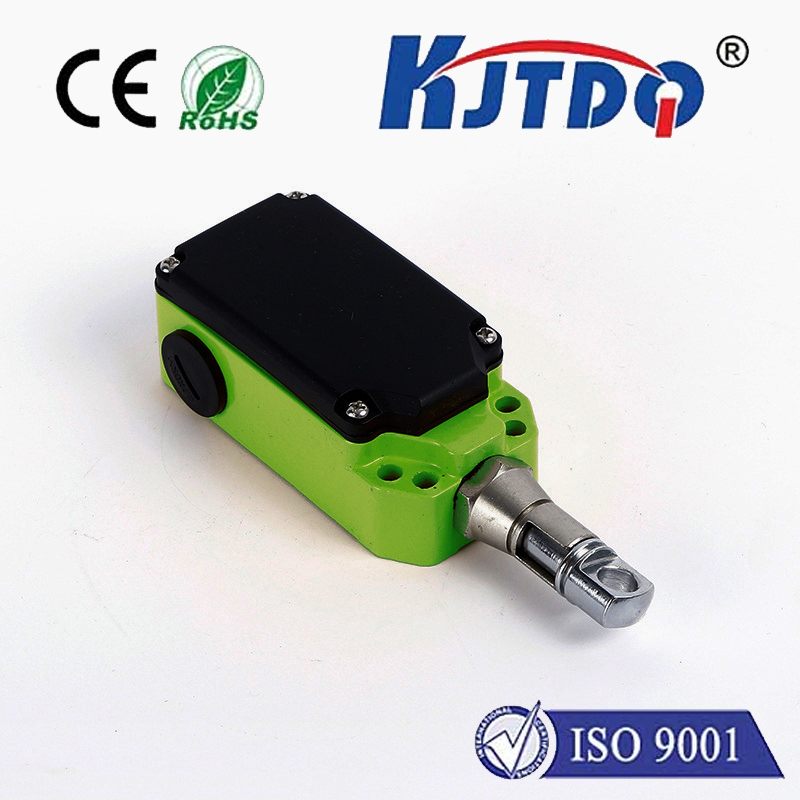limit sensor
- time:2025-07-31 04:27:21
- Нажмите:0
Limit Sensors: The Essential Guardians of Precision and Safety
They’re the unsung orchestrators of the mechanical world, operating with silent efficiency, often unseen but absolutely indispensable. Limit sensors, fundamental components in automation and machinery, are the vigilant gatekeepers defining boundaries, ensuring movements stop precisely where intended, and preventing catastrophic collisions. This is the hidden intelligence safeguarding countless processes, from your garage door’s smooth halt to the intricate dance of industrial robots. Understanding these critical devices reveals the backbone of reliable and safe automation.
What Exactly is a Limit Sensor?
At its core, a limit sensor (often called a limit switch or position sensor) is a device engineered to detect the presence or absence of an object, or monitor its position. It acts as a digital sentinel, signaling when a moving part reaches a predefined physical limit. Think of it as a vigilant traffic light for machinery: when the “vehicle” (a machine part) reaches the “stop line” (the sensing point), the sensor triggers, sending an immediate command to halt motion or change direction.
- The Core Function: Detection of position, presence, or end-of-travel.
How Do Limit Sensors Work? Unpacking the Mechanism

The operating principle hinges on the specific type of limit sensor employed. However, the fundamental sequence remains consistent:
- Physical Interaction (or Proximity): The target object (e.g., a machine slide, pallet, door, or actuator arm) physically contacts the sensor’s actuator (like a lever or plunger) or moves within a specific detectable range of a non-contact sensor.
- Internal State Change: This interaction causes a change within the sensor – opening or closing electrical contacts (mechanical), disrupting a magnetic field (reed switch), inducing eddy currents (inductive), blocking an optical beam (photoelectric), or altering a magnetic field intensity (Hall effect).
- Signal Output: This internal change triggers an electrical signal output. This is typically a simple binary signal:
- Voltage Present (e.g., 24V DC): Often indicates “Object Detected” or “Position Reached”.
- Voltage Absent (0V): Indicates “Object Not Detected” or “Position Not Reached”.
- Control System Response: The machine’s programmable logic controller (PLC) or direct motor controller receives this discrete signal. Based on the program logic – “If Sensor X = ON, Stop Motor Y” – the control system initiates the commanded action: stopping movement, reversing direction, starting a new sequence, or triggering an alarm.
The Diverse Family: Common Types of Limit Sensors
One size doesn’t fit all in the demanding world of automation. Different environments and applications require specific sensing technologies. Here are the most prevalent limit sensor types:
- Mechanical Limit Switches: The traditional workhorses. They feature a physical actuator (lever, roller plunger, whisker) that must be physically moved by the target. This movement directly opens or closes electrical contacts inside a robust housing. Highly reliable, cost-effective, and suitable for harsh environments, but mechanical wear over time and slower response speeds are considerations.
- Proximity Sensors (Inductive/Capacitive): These operate without physical contact, detecting the proximity of metallic (inductive) or any material (capacitive) objects through changes in an electromagnetic field. Ideal for high-speed applications, dirty environments (no moving parts to jam), and where physical contact is undesirable.
- Magnetic Sensors (Reed Switches / Hall Effect):
- Reed Switches: Contain thin magnetic reed contacts sealed in glass. An approaching magnet causes the reeds to flex and make (or break) contact. Simple, reliable in clean environments, low power.
- Hall Effect Sensors: Detect the presence and strength of a magnetic field using semiconductor principles, producing a proportional digital or analog output. Offer precise sensing of magnet position, speed, and direction, ideal for applications like cylinder position feedback.
- Photoelectric Sensors: Use a light beam (visible, infrared, laser) projected from an emitter to a receiver. The sensor detects the presence of an object based on whether the beam is blocked (retro-reflective or through-beam mode) or reflected off the target (diffuse mode). Extremely versatile for detecting a wide range of materials at varying distances, but performance can be affected by environmental factors like dust, fog, or ambient light.
Where Do Limit Sensors Guard? Pervasive Applications
The applications for limit sensors are vast and touch nearly every sector involving machinery:
- Промышленная автоматизация: Defining travel limits for robotic arms, CNC machines, conveyors, lifts, and actuators. Ensuring pallets are correctly positioned in assembly cells. Detecting the open/closed status of safety guards.
- Перевозка материалов: Signaling the end positions of overhead cranes, gantries, fork trucks (e.g., mast height limit), and automated guided vehicles (AGVs). Controlling the fill levels in silos or hoppers (often used alongside level sensors for redundancy).
- Automotive Manufacturing: Pinpointing positions in welding robots, press brakes, door/panel assembly stations, and paint booths. Ensuring precise tool positioning.
- Packaging Equipment: Detecting the presence of products on conveyors, controlling film wrap cut-off points, verifying case flaps are open or closed.
- Consumer & Commercial Products: Ensuring elevators stop perfectly level with floors. Preventing garage doors from crushing objects by reversing on obstruction. Detecting dishwasher and washing machine door closure for safety lockout. Controlling retractable cords or screens.
- Medical Devices: Safeguarding the range of motion in imaging equipment (CT/MRI tables), patient lifts, and surgical robots. Monitoring critical positions in diagnostic and treatment machinery. Reliability and fail-safe operation are paramount here.
- Building Automation: Monitoring the position of HVAC dampers, fire doors, security gates, and sun blinds.
Choosing the Right Guardian: Key Selection Criteria
Selecting the optimal limit sensor requires careful consideration of several critical factors:
- Environment: Is it exposed to extreme temperatures, moisture, chemicals, dust, oil, or washdown conditions? IP (Ingress Protection) and NEMA ratings are crucial here.
- Mounting & Actuation: How and where can it be mounted? What physical interaction is possible? Consider actuator type (lever, plunger, roller), orientation, and potential for side-loading.
- Target Material: Is the object metallic, non-metallic, liquid? This dictates whether inductive, capacitive, photoelectric, or mechanical sensors are viable.
- Required Sensing Distance: How close will the target get? Non-contact sensors (proximity, photoelectric) have defined sensing ranges.
- Response Speed/Repeatability: How quickly must it react? How precisely must it detect the same position every time? High-speed applications demand faster sensors (e.g., proximity, photoelectric).
- Electrical Requirements: Voltage/current rating (e.g., 10-30V DC, 100-240V AC), output type (PNP/NPN transistor, relay, analog), and connection style (cable, connector).
- Duty Cycle & Longevity: How frequently will it be activated? Mechanical switches have finite mechanical life, while solid-state sensors (proximity, Hall

